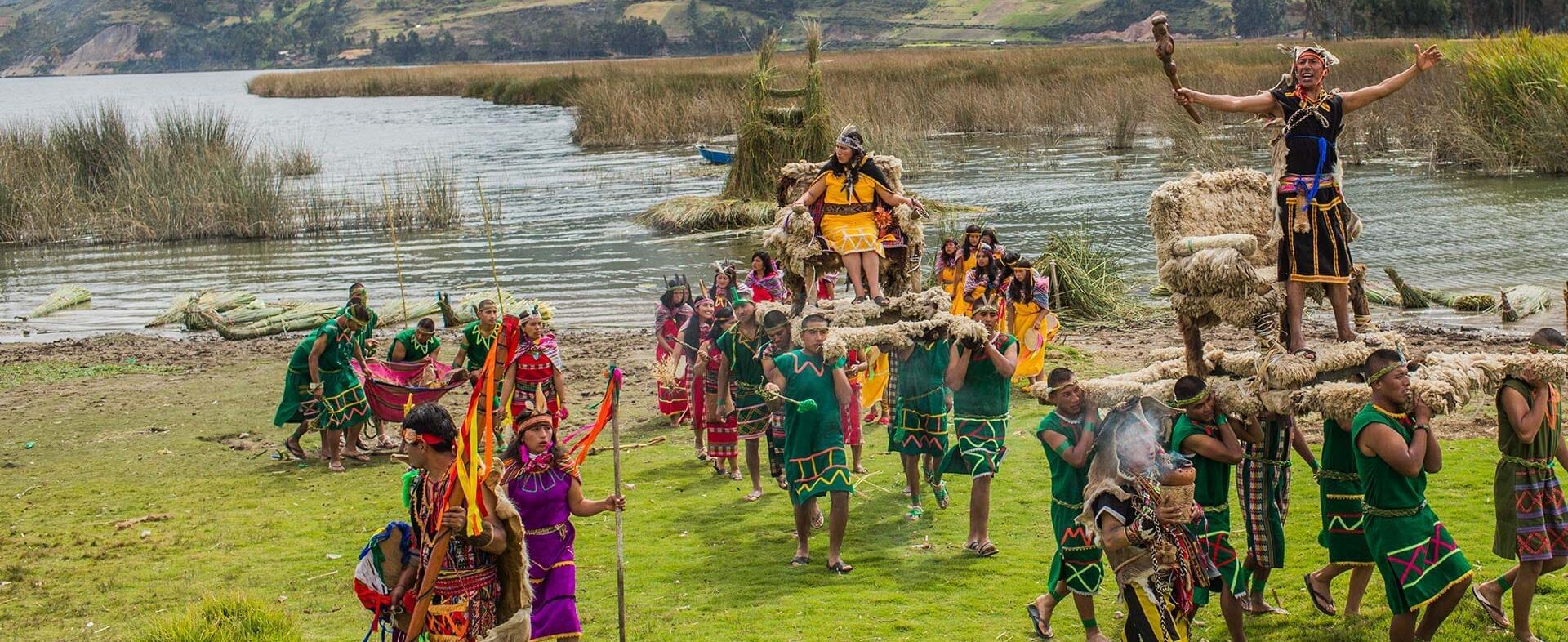In the shadows of the pre-Columbian history of the Andes, the Chancas emerge the Chancasa people whose bravery and resistance left an indelible mark long before the consolidation of the Inca empire. This article delves into the depths of their legacy, exploring their origins, social structure, war conflicts, and the impressive constructions that bear witness to their existence.
Table of Contents
- 1 Origins of the chancas
- 2 Geographic and Temporal Context
- 3 Ethnic and Cultural Origins
- 4 Social and Economic Structure
- 5 Cultural and Social Development
- 6 Conflicts with the Incas
- 7 Anco Huallo, Chanca leader
- 8 The battle of Yahuarpampa
- 9 Relationships of the Chancas with other Andean peoples
- 10 Buildings and architectural legacy
- 11 Sóndor archaeological complex
- 12 The Chancas and the Pacucha Lagoon
Origins of the chancas
The origin of the Chancas, a warrior people of the Andean region of present-day Peru, is shrouded in mystery and speculation, partly due to the scarcity of direct written sources of their own culture and the tendency of later chronicles, especially Inca and Spanish, to reinterpret their history. However, based on archaeological evidence and the chronicles of the Spanish conquest, we can outline some general aspects of their origin and development.
Emerging in the post-collapse scenario of the Wari and Tiwanaku cultures, the Chancas flourished in what is now known as the department of Apurimac, Peru. This period, known as the Late Intermediate (1000-1400 A.D.), was characterized as a transitional stage marked by intense socio-political and environmental changes in the Andean region. The Chancas settled in the Andahuaylas region, taking advantage of the geographical conditions to develop a complex and stratified society.
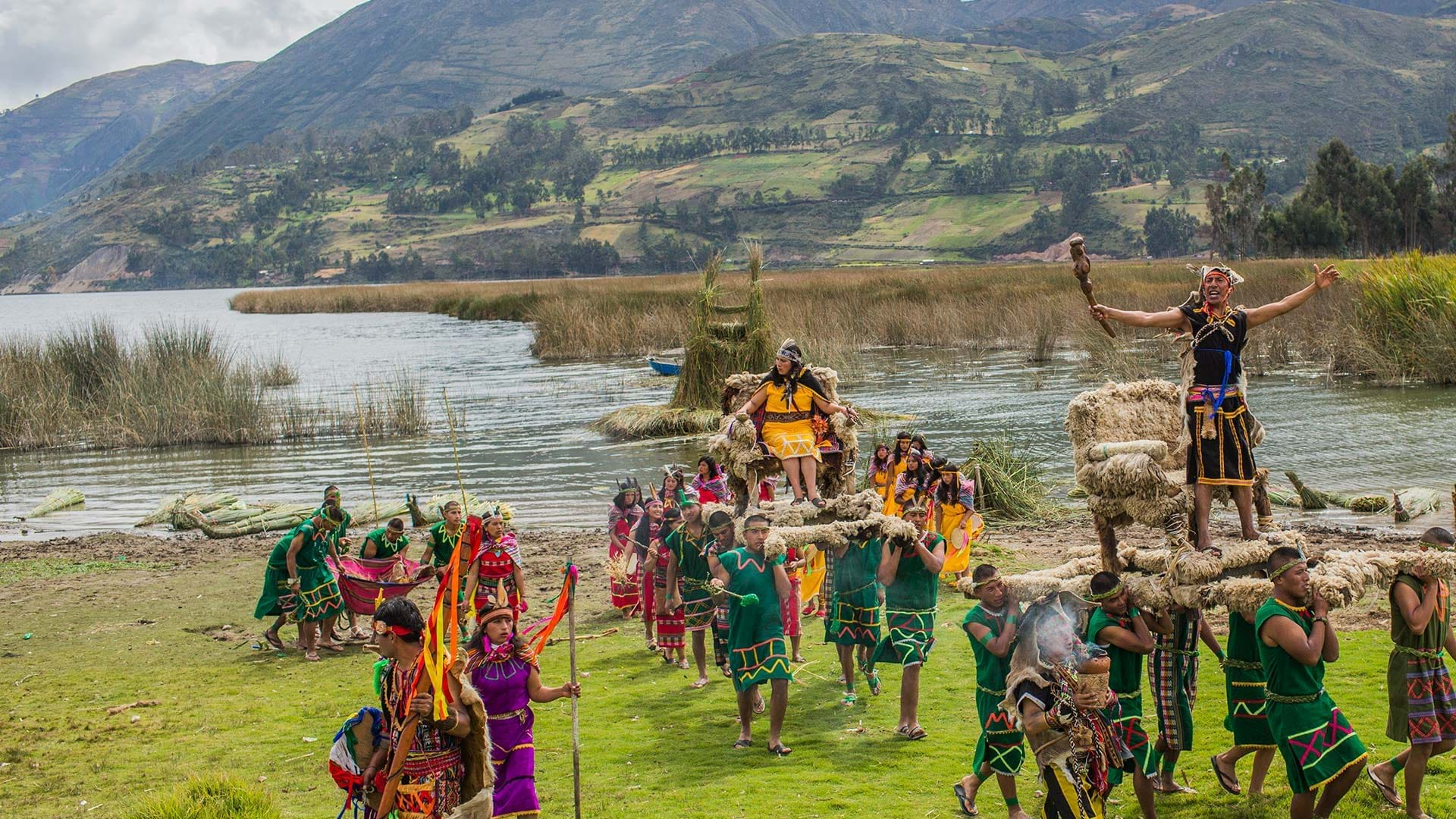
Geographical and Temporal Context
The Chancas settled mainly in what is now the Apurímac region of southern Peru, encompassing areas that include Andahuaylas and other surrounding areas. This territory provided them with a strategic position between the different ecological zones of the Andes, allowing them access to a variety of resources and trade routes.
Ethnic and Cultural Origins
The ethnic origin of the Chancas is not clearly defined, in part due to the complexity of cultural interactions in the pre-Columbian Andes. It is likely that they emerged from the amalgamation of several local communities during the period of disintegration of the Wari and Tiwanaku regional states, around 1000 AD. This period of social and political reconfiguration in the Andes created a power vacuum that groups such as the Chancas were able to exploit to expand their influence.
Social and Economic Structure
The Chancas were distinguished by a robust and adaptable social organization, capable of facing ecological and climatic challenges. They migrated from an agricultural economy centered on maize cultivation to a mixed economy that included potato production and camelid herding. This adaptability reflects not only their resilience but also their deep understanding of the Andean environment, which allowed them to thrive in a period of constant change.
Cultural and Social Development
During the Late Intermediate Period (approximately 1000-1400 AD), the Chancas underwent a process of political and territorial consolidation, establishing a complex society characterized by its military organization and its ability to mobilize resources and labor on a large scale. The construction of administrative and ceremonial centers, as well as the creation of vast networks of agricultural terraces, reflect a high degree of social and technological organization.
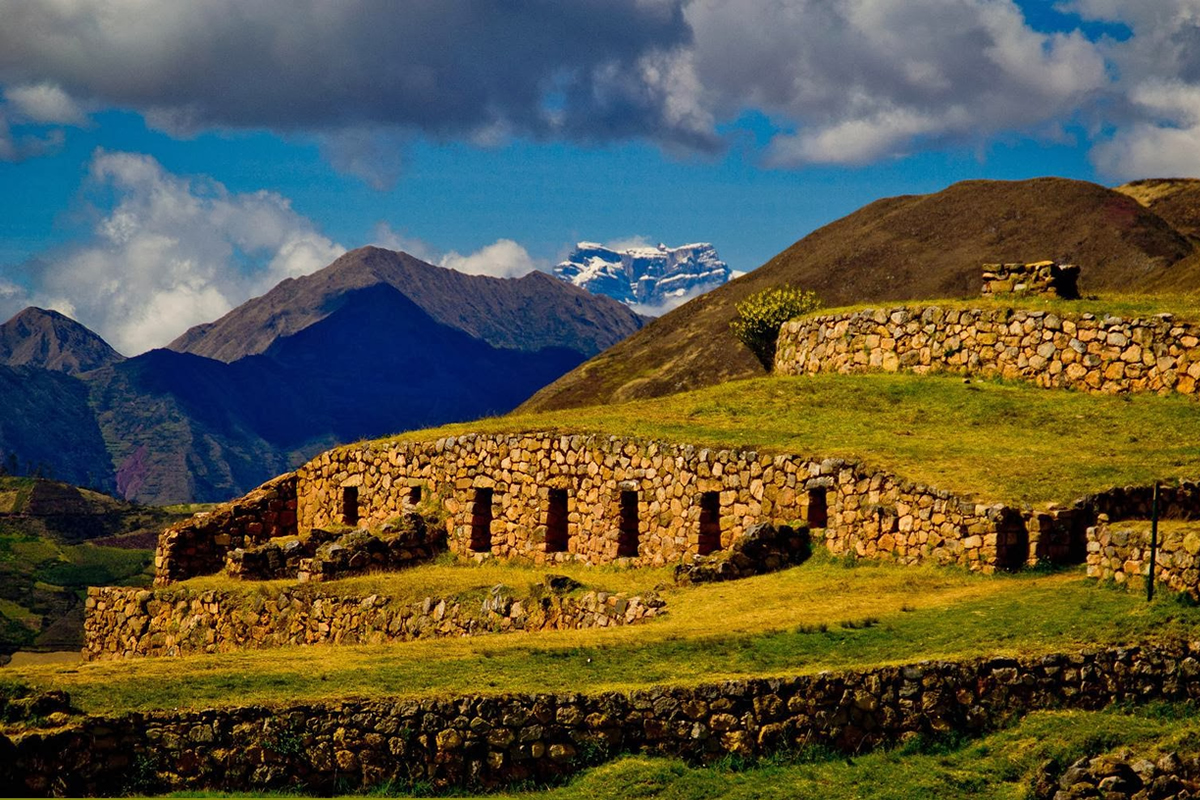
Conflicts with the Incas
The history of the Chancas is intrinsically linked to their rivalry with the Incas. This conflict culminated in a series of battles that tested the might of the incipient Inca Empire. Although the Incas, under the leadership of Pachacuti, achieved a decisive victory, the Chanca resistance marked a turning point in the consolidation of the Tawantinsuyo, forcing the Incas to restructure their military and administrative strategy.
Anco Huallo, leader of the chancas
Anco Huallo, leader of the Chancas, is a figure that emerges with relevance in the context of the expansion of the Inca Empire, particularly during the reign of Pachacuti. Anco Huallo is notably remembered for his resistance against the Incas, demonstrating the fierce opposition of the Chancas to the growing power of Cusco.
During the 15th century, the Chancas, under the leadership of Anco Huallo and other curacas, confronted the Inca army in a series of conflicts that marked one of the most critical moments for the destiny of the incipient empire. These battles not only tested the military skill of both peoples but were also decisive for the consolidation of Inca power under Pachacuti, who, after overcoming this threat, began an era of unprecedented territorial expansion for his empire.
Although the Chancas were finally defeated, the resistance led by Anco Huallo is a testimony to the political and military complexity of the Andean peoples before the Inca consolidation. The figure of Anco Huallo, as well as that of other Chanca leaders, has remained in historical memory as a symbol of defiance in the face of Inca expansion, reflecting the diversity and cultural richness of pre-Columbian civilizations in the Andes.
The battle of Yahuarpampa
The Battle of Yahuarpampa is one of the most emblematic and decisive episodes in the history of the confrontation between the Incas and the Chancas. This conflict, which took place in the 15th century, not only marked a turning point in the expansion of the Inca Empire but also consolidated the legend of one of its greatest leaders, Pachacuti.
Historical Context
Before the battle, the Chancas, led by Anco Huallo and other curacas, had launched an offensive against Cusco, threatening the very existence of the Inca kingdom. Tension between these two powerful Andean peoples had been escalating for years, culminating in this decisive confrontation.
The Battle
Yahuarpampa, which means "bloody field" in Quechua, was the scene of this crucial confrontation. According to the chronicles, the Incas, under the leadership of Pachacuti (then known as Cusi Yupanqui), achieved a surprising victory over the Chancas. Pachacuti, taking advantage of his ingenuity and military strategy, inspired his troops and the inhabitants of Cusco to bravely confront the invaders, despite being at a numerical disadvantage.
Meaning and Consequences
The Inca victory at Yahuarpampa not only halted the Chanca advance but also reaffirmed Pachacuti's authority as a capable and visionary leader, allowing him to assume power as Sapa Inca and begin an era of expansion and consolidation of the Inca Empire that would eventually extend from southern Colombia to central Chile.
This triumph became a fundamental component of Inca mythology and historical narrative, symbolizing the manifest destiny of the Inca Empire to dominate the Andes. The battle of Yahuarpampa, therefore, is not only a reflection of the tensions and conflicts between different Andean peoples but also exemplifies how these events were crucial in the formation of one of the largest empires in pre-Columbian America.
Legacy
The Battle of Yahuarpampa is a testament to the complex political and military landscape in the Andes prior to the consolidation of Inca power. The resistance of the Chancas and their eventual defeat by the Incas is a reminder of the rich history of conflicts, alliances and transformations that characterized this region before the arrival of the Spanish. This historical event underscores the importance of strategy, leadership and unity in shaping the destiny of civilizations.
Relationships of the Chancas with other Andean peoples
Before the Inca expansion, the Chancas were in constant interaction, both conflictive and cooperative, with other Andean ethnic groups. Their geographical position placed them at a crossroads of cultural influences, which undoubtedly enriched their cultural development.
Construction and architectural legacy
The architectural legacy of the Chancas, although less well known than that of the Incas, reveals an advanced understanding of engineering and the Andean landscape. They built imposing fortresses high in the mountains, designed for defense in a context of increasing regional hostilities. These structures not only demonstrate their ability to organize large construction projects but also evidence a deep connection to their territory.
Sóndor Archaeological Complex
The Chanca culture, with its indomitable spirit and rich warrior tradition, finds one of its most eloquent witnesses in the Sondor Archaeological Complex. Sondor Archaeological Complex. This site not only reflects the architectural skill of the Chancas but also their deep connection with the cosmos, evidenced in the orientation and layout of their constructions. By exploring Sondor, visitors are immersed in the Chanca world, where every stone and every space speaks of ancestral rituals, defense strategies and a worldview that saw the earth and sky as a unified canvas. The experience of connecting with this legacy, in a place where time seems to stand still, is an invaluable complement for those who choose Pacucha Glamping as their gateway to the living history of the Andes. Here, the ancient Chanca culture and the unaltered beauty of the landscape invite deep reflection on the greatness of pre-Columbian civilizations and their enduring legacy.
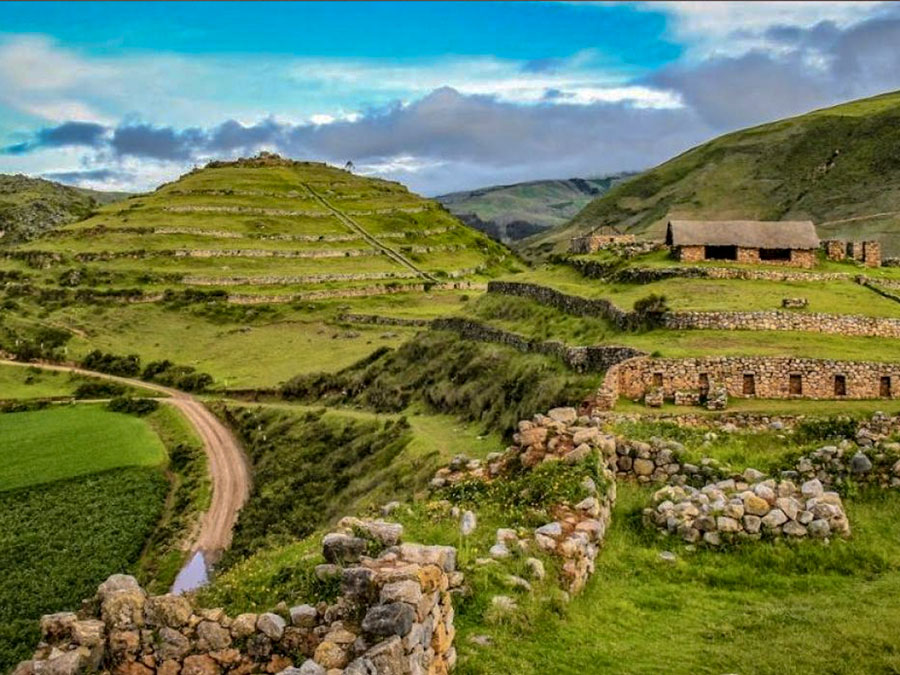
The Chancas and the Pacucha Lagoon
The mystical Pacucha Lagoon, a mirror of water that reflects the Andean peaks and the blue skies of Apurimac, keeps in its banks the echo of the ancient Chancas. This warrior people, known for their bravery and resistance to the Inca advance, found in the vicinity of the lagoon a place of vital importance, not only for being an essential water resource for their agricultural and ceremonial activities, but also as a sacred space that connected the earthly world with the spiritual. Today, the Pacucha Lagoon continues to be a silent witness to the rich history and culture that flourished on its shores.
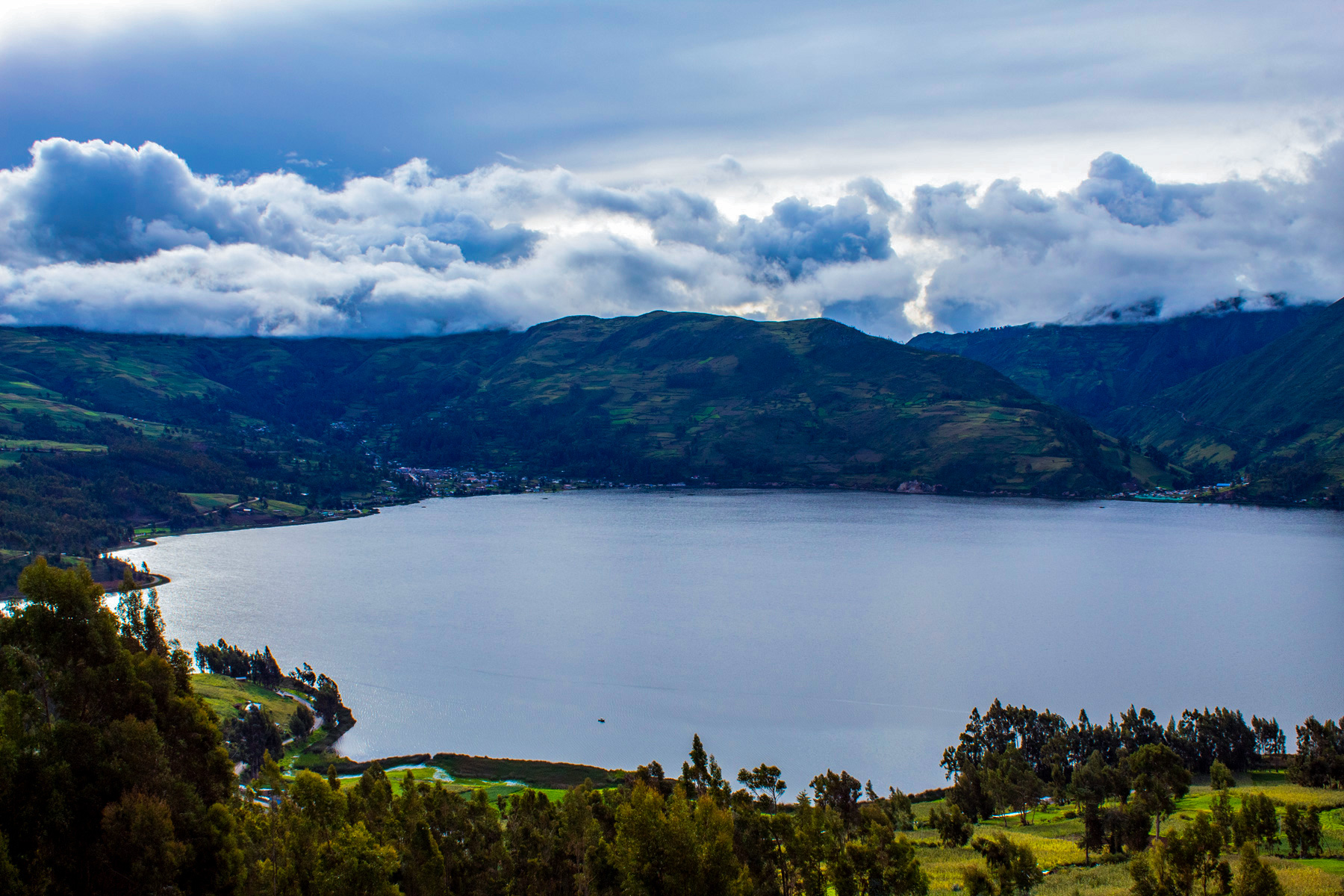
The Chancas, through their fierce resistance and cultural contributions, stand out among pre-Incan civilizations. Although their history has been largely overshadowed by the Inca empire, the Chancas represent a crucial chapter in the pre-Columbian narrative, reminding us of the diversity and complexity of Andean peoples. Preserving their legacy is not only crucial to understanding our common history but also to recognizing human resilience and adaptability in the face of constant change.
Immerse yourself in the depth of Andean history and the essence of the Chanca culture, staying at Pacucha Glamping, a unique refuge that offers you the opportunity to live an immersive experience near the legendary Pacucha Lagoon. This magical place, surrounded by the lands that once witnessed the splendor of the Chancas, invites you to connect with the pre-Columbian past and nature in an intimate and comfortable way. At Pacucha Glamping, each geodesic dome is designed to harmonize with the surroundings, allowing you to wake up to breathtaking views of the lagoon, where sky and water meet, reminding us of the rich Chanca heritage that still vibrates in these lands. We extend a cordial invitation to you to explore the heart of Apurimacwhere history meets natural beauty, and where each sunrise brings you closer to the Chanca culture, all from the comfort and luxury of Pacucha Glamping. Prepare for a memorable stay, where every moment is a bridge to ancestry and adventure.
